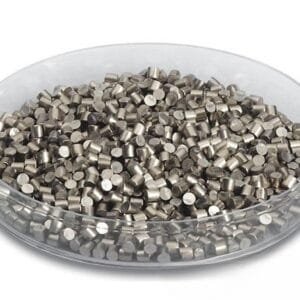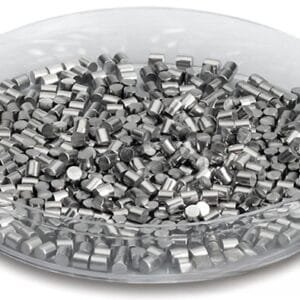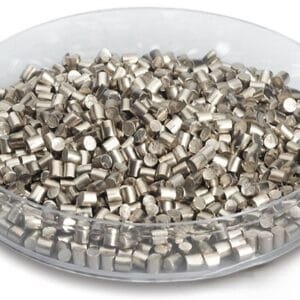Lead Selenide Evaporation Materials Overview
Lead selenide (PbSe) is a high-purity ceramic material used extensively in various deposition techniques. Our lead selenide evaporation materials are crafted to meet the highest standards, with a purity of up to 99.9995%. These materials are crucial for ensuring top-notch quality in deposited films.
Specifications
| Material Type | Lead Selenide |
| Symbol | PbSe |
| Appearance/Color | Gray solid |
| Melting Point | 1,078 °C (1,972 °F; 1,351 K) |
| Density | 8.1 g/mL at 25 °C |
| Purity | 99.9% ~ 99.999% |
| Shape | Powder/ Granule/ Custom-made |
Applications
Our lead selenide evaporation materials are designed for use in a variety of deposition processes, including:
- Semiconductor Deposition
- Chemical Vapor Deposition (CVD)
- Physical Vapor Deposition (PVD)
These materials are predominantly used in optical applications such as wear-resistant coatings, decorative finishes, and display technologies.
Packaging
Each batch of lead selenide evaporation materials is meticulously tagged and labeled to facilitate easy identification and quality assurance. We ensure that all materials are handled with care during storage and transportation to prevent any damage.
Contact Us
As a prominent manufacturer and supplier of high-purity lead selenide evaporation materials, we offer a range of forms including tablets, granules, rods, and wires. Custom shapes and quantities are available upon request. In addition to evaporation materials, we also provide evaporation sources, boats, filaments, crucibles, heaters, and e-beam crucible liners. For pricing information or to inquire about materials not listed, please contact us.


 MSDS File
MSDS File



Reviews
There are no reviews yet.